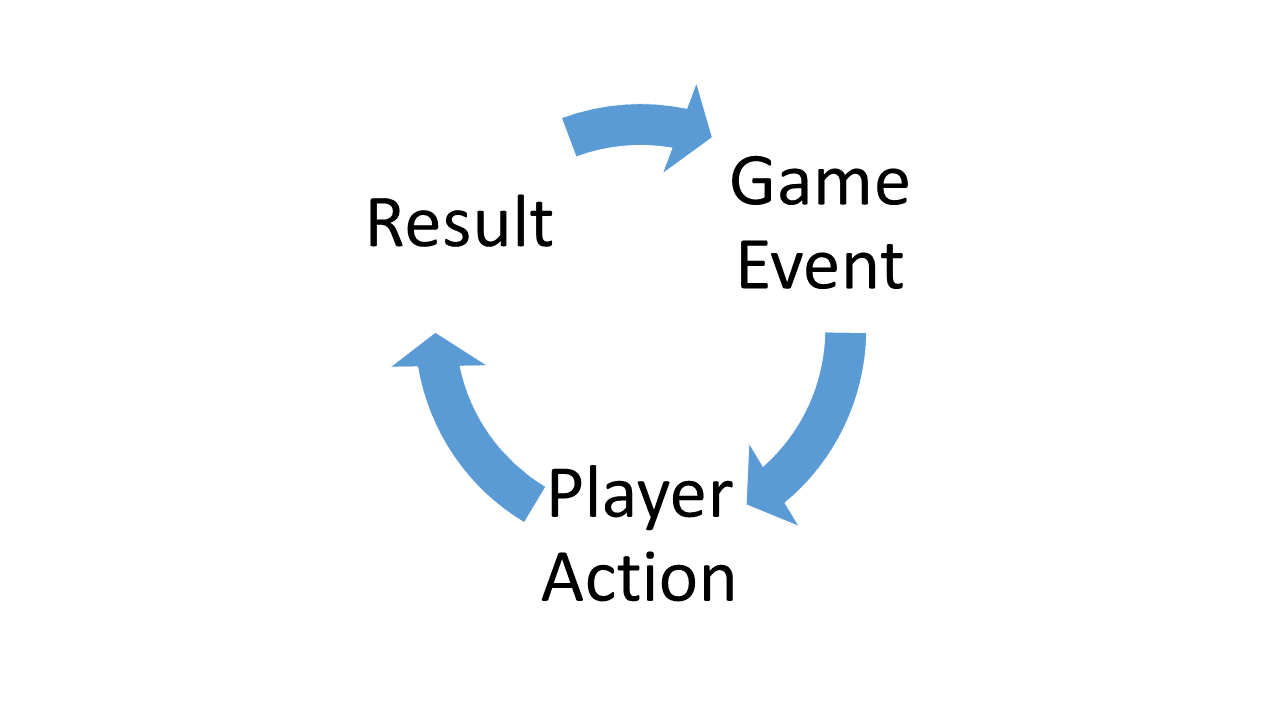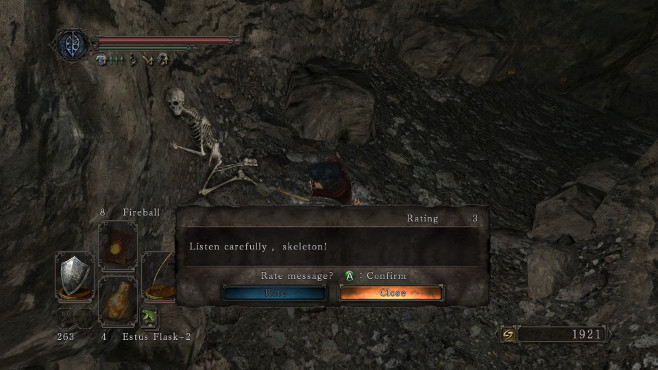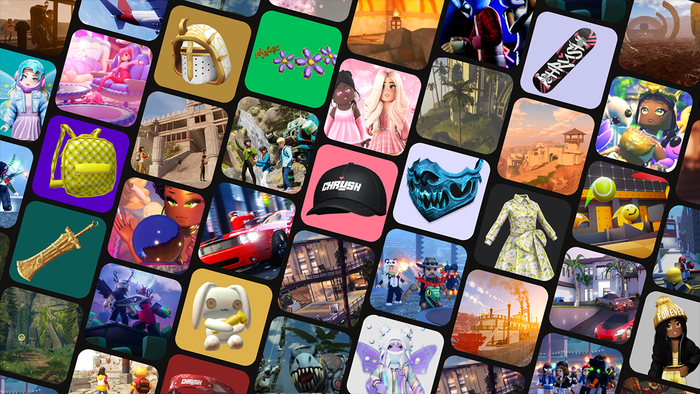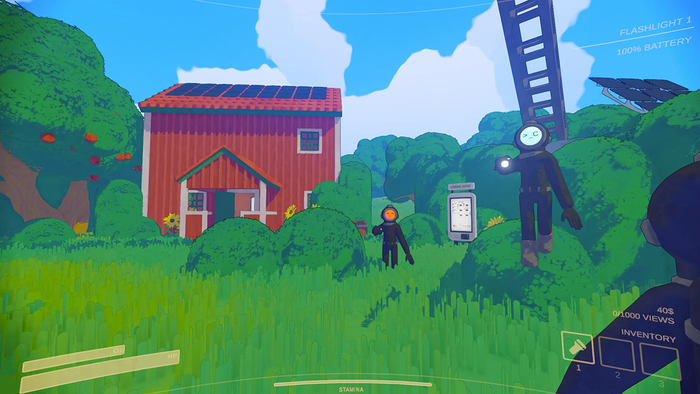
Featured Blog | This community-written post highlights the best of what the game industry has to offer. Read more like it on the Game Developer Blogs.
Developers of single-player games spend time refining player input when it comes to game controls and almost no time creating methods for player input when it comes to emotional expression. Even single-player games should be a two-way conversation.

Games are all about player expression.
When we think about player expression, our minds usually go straight toward multiplayer games, where people can type in the chat window, choose their outfits, play emotes and voice chat--all methods by which players can express themselves.
Any time you create a multiplayer game system that lets players express themselves, you have to choose whether you allow negative expressions. What emotes do you create? What words or symbols does your chat filter allow?
For example, during the development of Free Realms, we considered a system that would let players rate outfits or even rate each other. We had serious debates around whether that would involve only positive ratings--a thumbs up--or whether you could choose between both positive and negative ratings. We even debated the role of gossip in the lives of kids, and whether our systems should simulate the world that actually existed or the world we wished existed.
Decisions like those inherently create and cultivate a culture in and around your game, even if it's not your intent. Absence of those decisions creates a culture too. Understanding how multiplayer online games enable player expression, how that expression translates into the culture around the game, and then sculpting and encouraging that culture are all core functions of the Community department.
Nothing I’ve said yet is controversial to folks working in the online space, although their chosen solutions may differ. There’s some new and fascinating research into creating, cultivating and managing player culture in games, but this is resting on a foundation of discussion that has been happening for many years. It’s an established concept.
But what about single-player games?
Single-player games are about player expression at their very core. A game relies on player input--press the space bar to jump, or click on the Twine option you want to see next. These aren’t just interactions, though. They’re genuine expressions. Players have a motivation for doing the things they do in games: there’s a reason she jumped at that moment instead of firing her weapon or sprinting, and there’s a reason he choose to explore the backyard before the garage.
We sometimes talk about the “core loop” in game design. Even if you dislike that term, you probably work inside this core foundation of game interaction:

Game events open a loop--they start a conversation with the player. When an enemy appears, the player can respond by attacking, hiding, fleeing… We give the player ways to express herself in reaction to situations the game presents. But what about emotional events?
Remember stepping outside the vault on your very first playthrough of Fallout 3?
Remember looking across the wasteland to see the monuments of Washington, DC? That scene was expertly composed: the scenery, timing, music, sound effects, and even how everything come into view were carefully crafted. Those elements were chosen because they create emotion.
In that moment, Fallout 3 started a conversation with me. You may have heard something different, but I heard, “This is how your world looks now.” I stood in stunned silence for at least a full minute.
I had no way to respond in that conversation. I had no way to speak, no emotes to play… nothing but run, shoot, jump. Even if I found a way to respond with the established mechanic, the game wasn’t waiting for it. It wasn’t listening.
That’s a broken loop. It’s a dead-end exchange. Even in a game with such tremendous player agency, I have no tools with which to respond to half the conversation the game is trying to have with me--the emotional half.
It’s one of the ways we do games a disservice by thinking of them in the context of film. Movies have established, effective techniques to provoke emotion. It makes sense to expect a film to be a one-way street with no means for the audience to meaningfully respond in a way the film can take into consideration or even understand. Yet games are built on a foundation of interaction--a foundation that clearly supports a two-way conversation.
When you think about it, even with the limited tools we provide them in single-player games, players try to express emotion. We just don't watch for it, track it, or create game events around it. In other words, we ask them a question and they answer… we just don’t listen.
Here’s an example, again from Fallout 3. I always play sniper in Fallout as my primary approach. I stay sighted until enemies are right up on me... except radscorpions. When they close distance, I backpedal. My controls get sporadic. I fumble. I frantically run for high ground. If you were in the room with me, you’d hear me saying, “Oh no no no no no no NO.”
If the game "cared," it would be able to tell that radscorpions freak me out, and it wouldn’t take a headset and voice recognition to arrive at that conclusion. It’s clear that my input in that situation changes in ways that make it profoundly different from other situations. Even with the standard controls--run, jump, aim, shoot--I’m expressing emotion because my pattern of play has changed.
Why Does This Matter?
Why should the game “care?” Why should we as developers care either? There’s more than one reason.
We Can Tune The Experience
Another thing we “learned” from film and traditional media is to treat the game we’re creating as a one-size-fits-all product. We try to bend that a bit with emergent gameplay systems, sandboxes, and player choice, but for the most part we target an audience, figure out the average interests of that audience, and make choices based on what that audience likes and dislikes. That’s true even if you don’t think about your game’s audience and are making what you enjoy personally--it just means your target demographic is you.
What if we could adjust the game content in subtle ways to reflect the player’s preferences and personality? Adjusting game difficulty is just the tip of the iceberg. Here’s a clear example of how effective it can be to enable and then listen to a player’s emotional responses. You’re making a horror game. In the span of the first few levels, by analyzing play patterns and looking for specific types of deviations you could start to understand what parts of the game frighten this particular player the most. You could use that information for improved pacing or even to determine the final boss.
How could you leverage that type of information to customize and tune the experience in other games? I’d bet you can think of a dozen ways you’d use that data if you had it. It takes three things to accomplish that goal:
The ability to track the player’s actions and interactions and look for patterns;
Definitions that tie patterns to emotions and preferences; and
Underlying systems to change gameplay based on that analysis.
All three of those elements are things we should have anyway--metrics. Many single-player games now support metrics to give developers information on level load times, heatmaps, weapon performance… why not use that data to tell us something about player preferences, too? In fact, why not use that information to tweak the gameplay?
Emotional Interactions Are The Stickiest
Developers in the online space often talk about player retention, or a game’s “stickiness”--how likely a given player is to continue playing for the next day, week, month or year. We’ve known for years that social interactions make an online game stickier--especially when those interactions are encouraged and supported by game systems. We see that in mobile games too, where the addition of social aspects like clans and PvP drive increased retention.
On the surface, single-player games seem to have no avenue to meaningful social interaction. There have been really interesting attempts to add social connections, and it’s even at the heart of current consoles in the form of easy content sharing. Dark Souls and related games, in particular, have done interesting work in trying to make a single-player game feel like a shared experience.

I believe one of the reasons social play drives retention is because it better supports player emotional expression. It creates a two-way conversation. We can see other attempts to enable two-way conversation in games like Dragon Age and Mass Effect, where players can choose how they respond to NPCs.
What would it mean in a game like Skyrim if the player could do something as simple as choose a facial expression, and NPC characters reacted to it? How would that change NPC barks as you walk around a city? How would your companion respond?
What if games that don’t have dialogue systems or avatar customization could still feel as personal, responsive, and emotionally connected as a multiplayer game? Would it drive the same virality and stickiness?
Even Single-Player Games Create A Culture
Remember when I said we make choices in online games about the kinds of player expression we support, understand, and choose to respond to in the game? We make those decisions about single player games too. By choosing which types of player expressions we support, we're creating a culture even when there's only a single player experiencing it.
In that context, right now we're cultivating a culture in which players make “wrong” or “right” choices with no meaningful way to express how those choices feel. Most single-player games start a conversation with players and then leave them emotionally stranded. We handle pivotal character moments in cutscenes, or when they’re in live gameplay we leave players only able to run, jump, or crouch. We’re creating a culture where the expected--and only--response to emotional moments is mute acceptance.
In some ways, it’s worse than a one-sided conversation because we bake in assumptions. Of course the player’s glad to see that character die, or amazed at the grand vista we created, or frightened by the demon around the corner. We make that choice for players even if we don’t understand that we’re making it because we’re simply reflecting ourselves and what is natural to us. What about players who may not share that emotion or who look at the world differently than we do?
To that extent, single-player games have a culture of emotional isolation that goes beyond the fact that you’re playing them by yourself. I believe that’s a large part of the popularity of live Let’s Play video feeds: the person playing can finally express the emotions provoked by a game in a setting where someone’s listening--because the game clearly isn’t. Isn’t that a mistake in an interactive medium?
Let’s Have A Conversation
So what’s actionable here? What can we do?
I’m not saying we can or should build every experience into every game--like having a “pacifist path” in every shooter. I’m not even saying that every game can or should let players customize avatars or support multiple dialogue choices. What I’m saying is many games could benefit from understanding their players better and making subtle adjustments based on their skill level and preferences.
We can do more than that, though. We can use information about the player’s emotional state to fine tune the experience. We can develop ways to facilitate and then react to a player’s emotional expression within the game. But first we have to decide we care about it.
First we have to start considering a player’s emotional expression an important part of his or her game experience.
Consider the effect of including that emotional expression in your single player game. How could it be meaningful? How could the game respond to it?
We design games to create emotion, so we should be designing them to support expressing the emotions we create. We need to leverage the full power of what the player’s telling us with every key or button press--even in what each player chooses to view and for how long. There are many paths to this destination, but it starts with the decision to move forward.
Take that step with me. Let’s make our games two-way conversations.
Let’s make this a two-way conversation, too. Ping me in the comments here or on Twitter (@Laralyn).
Read more about:
Featured BlogsAbout the Author(s)
You May Also Like







